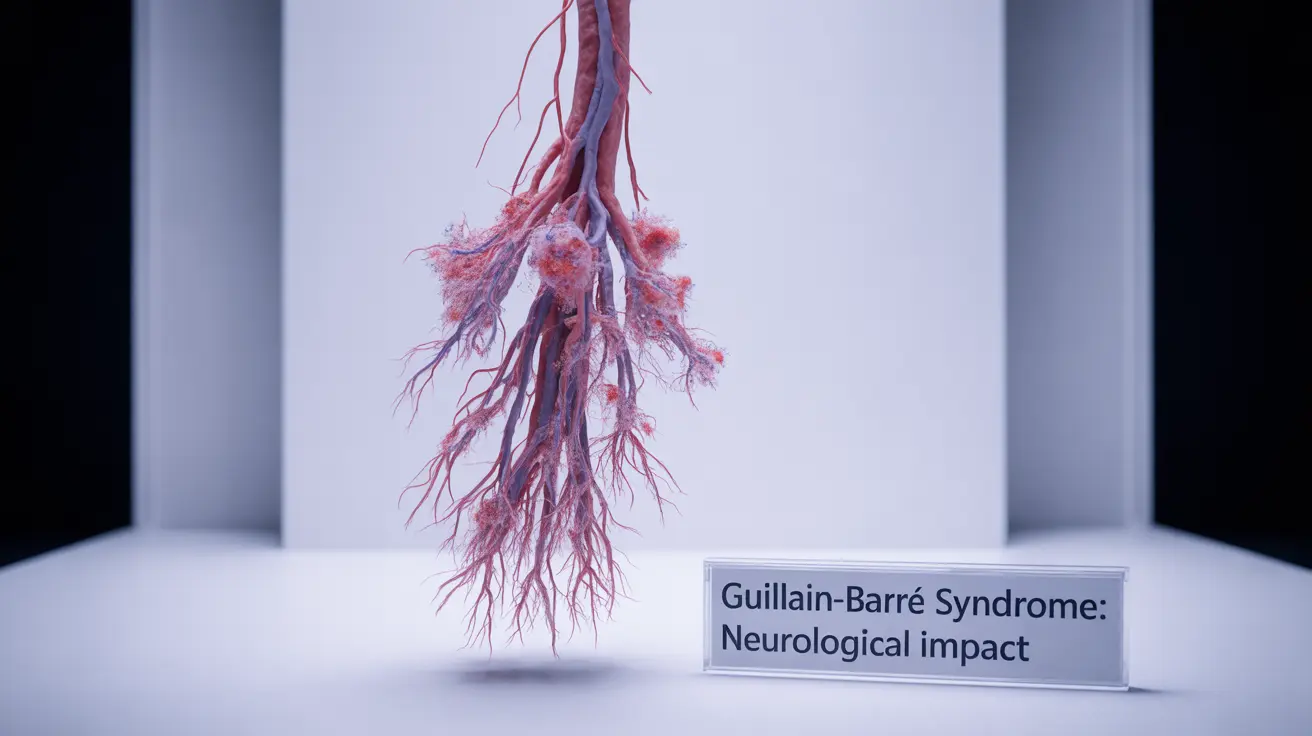Guillain-Barré syndrome (GBS) is a rare but serious autoimmune disorder where the body's immune system mistakenly attacks the peripheral nervous system. This condition can progress rapidly, causing muscle weakness, numbness, and in severe cases, paralysis. Understanding its symptoms, diagnosis, and treatment options is crucial for early intervention and optimal recovery outcomes.
While GBS can affect anyone regardless of age or gender, it often develops following a viral or bacterial infection. The condition requires immediate medical attention, as early recognition and proper treatment can significantly improve a person's chances of recovery.
Early Signs and Symptom Progression
The initial symptoms of Guillain-Barré syndrome typically begin in the legs and feet before potentially spreading to other parts of the body. Common early warning signs include:
- Tingling or pins and needles sensations in the fingers and toes
- Muscle weakness starting in the legs
- Difficulty with balance and coordination
- Progressive weakness that moves upward through the body
- Facial muscle weakness affecting speaking and chewing
These symptoms can develop rapidly, sometimes within hours, but more commonly over several days or weeks. The progression rate varies among individuals, making each case unique.
Diagnostic Process and Testing
Diagnosing Guillain-Barré syndrome requires a comprehensive medical evaluation. Doctors typically use multiple diagnostic tools and procedures to confirm the condition:
- Spinal fluid analysis through lumbar puncture
- Nerve conduction studies
- Electromyography (EMG)
- Physical examination and medical history review
- Blood tests to rule out other conditions
Early diagnosis is crucial for implementing appropriate treatment strategies and preventing complications.
Treatment Approaches and Management
Treatment for Guillain-Barré syndrome focuses on reducing the immune system's attack on the nervous system and supporting the body during recovery. The main treatment options include:
Immunotherapy Treatments
Two primary immunotherapy approaches are commonly used:
- Plasma exchange (plasmapheresis)
- Intravenous immunoglobulin (IVIG) therapy
Supportive Care
Comprehensive supportive care is essential and may include:
- Physical therapy to maintain muscle strength and flexibility
- Occupational therapy for daily living activities
- Pain management strategies
- Respiratory support when needed
- Prevention of complications like blood clots
Managing Respiratory Complications
Respiratory support is a critical aspect of GBS treatment, as the condition can affect breathing muscles. Approximately 30% of patients may require mechanical ventilation. Close monitoring in an intensive care unit allows for immediate intervention if breathing difficulties develop.
Recovery Timeline and Outlook
The recovery process from Guillain-Barré syndrome varies significantly among individuals. While some people recover within a few months, others may take a year or longer. The recovery timeline typically involves several phases:
- Acute phase (first few weeks)
- Plateau phase (symptoms stabilize)
- Recovery phase (gradual improvement)
- Rehabilitation period
Most people eventually recover from GBS, though some may experience lasting effects. Early treatment and comprehensive rehabilitation support typically lead to better outcomes.
Frequently Asked Questions
What are the common symptoms of Guillain-Barré syndrome and how quickly do they develop?
Common symptoms include progressive muscle weakness, tingling sensations, and numbness that typically start in the legs and can spread upward. These symptoms can develop rapidly over hours to days, though most commonly progress over 1-2 weeks.
How is Guillain-Barré syndrome diagnosed by doctors?
Doctors diagnose GBS through a combination of physical examination, spinal fluid analysis, nerve conduction studies, and EMG testing. They also review the patient's medical history and symptoms progression pattern.
What treatment options are available to manage Guillain-Barré syndrome and improve recovery?
The main treatments include plasma exchange and intravenous immunoglobulin therapy, combined with comprehensive supportive care, physical therapy, and rehabilitation services. Pain management and prevention of complications are also important aspects of treatment.
Can Guillain-Barré syndrome cause respiratory problems, and how is breathing supported during severe cases?
Yes, GBS can affect breathing muscles. In severe cases, patients may require mechanical ventilation and monitoring in an intensive care unit. About 30% of patients need some form of respiratory support during the acute phase.
What is the typical recovery timeline for Guillain-Barré syndrome, and can full recovery be expected?
Recovery timelines vary significantly, ranging from several months to a year or more. Most people eventually recover, though some may have residual symptoms. Early treatment and proper rehabilitation support typically lead to better outcomes, with many patients achieving full or near-full recovery.




